I Published A Book, I'm Not An Author
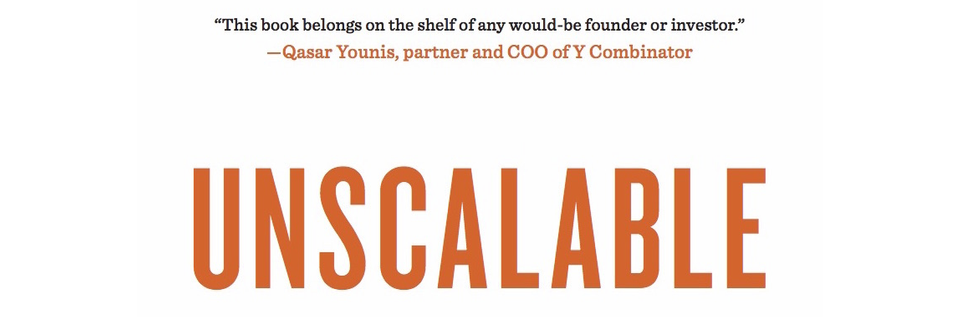
Fake it ‘til you make it — all the way to the bookstore.
Last January, I published a book about startups: Unscalable. At the end of it all, I’ve interviewed the founders of billion dollar companies, I’ve sold a little over 1,600 copies, and I got to see my name on a cover in the window of a real, honest to goodness bookstore.
To you that might not seem strange or impressive. But to me it does, mostly because I’m not an author by trade. I studied Computer Science in school, not English or Literature.
I write code, not books.
So how did I end up with my name on the cover of a paperback? Through a series of lucky accidents and unexpected opportunities — ranging from using a spotty internet connection to interview Silicon Valley CEOs in the middle of the jungle, to accidentally reaching the top of Hacker News. I learned a TON doing it, and realized that you don’t always need to take conventional routes to authoring a book, which might be interesting to you if you’re also a non-author who wants to publish a book. Hint: it’s not as hard or inaccessible as it looks.
Getting Started
Unscalable, truthfully, started because I wanted to get better at writing. I never once sat down and decided, “I’m going to publish a book.” I did, however, sit down and decide “I’m going to get better at writing.” I believe that better writing leads to better thinking and speaking; being able to clearly and succinctly express your ideas is a valuable ability. Fortunately for me, I was a nomad, wandering around Costa Rica at the time. So I had some time to start drafting blog posts.
What I quickly learned: writing is hard. For me, putting words on a page is at times physically draining. But to get to any sort of finished product, I had to keep writing.
Perseverance is key.
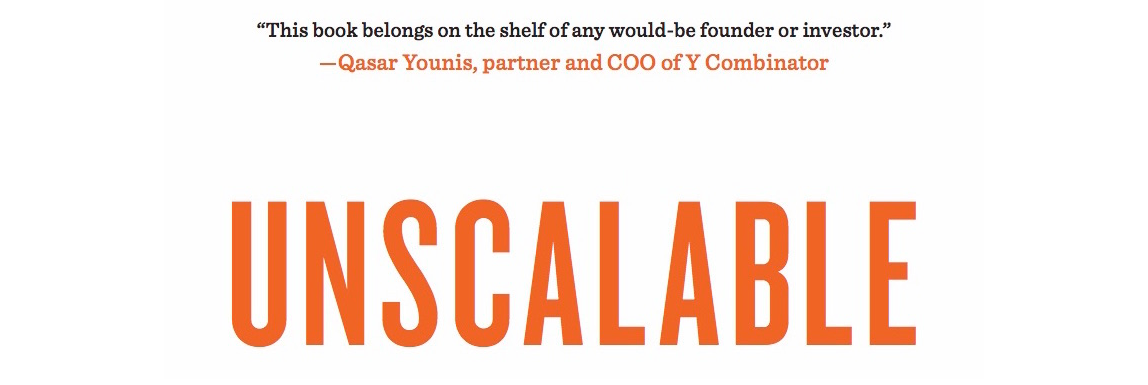
Overengineering
One of the first blog posts that I started drafting was on the topic of “overengineering.” When it comes to building new products, being a programmer is both a blessing and a curse. We have the ability to create things from scratch, but we often want to build The Best Product rather than the bare minimum. Yet if your focus is making money from your product, it’s much better to figure out what people will pay for before investing in the code. Most bespoke prototypes should probably have been a landing page, a Google form, and elbow grease.
So, I wrote that blog post. And I sent it to friends for feedback. And the collective response was:
This is pretty good, but to be honest, I don’t know if you have the authority to preach this stuff.
I admit, that feedback stung a bit, but they had a point. I had never scaled a SaaS business or judged a startup competition. In order to address their concerns, I started interviewing founders and CEOs, to back up my assertions via their stories and authority. I asked them about the earliest days running their company, about the weird and wild strategies with which they had tried to validate their ideas.
Then a funny thing happened: my friends, upon reading the new version, liked the founders’ stories. They liked them a lot. One in particular said:
You know, if you wrote an entire book of these kinds of stories, I’d totally read it.
Unscalable was born.
Writing doesn’t happen in a vacuum. Collecting feedback on my writing and iterating on it let me identify (and amplify) the best, most interesting parts of my content. In this case, it exposed the idea of a collection of founder stories, something that I had never intended to write about in the first place.
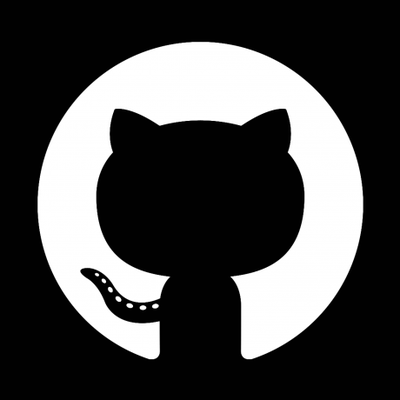
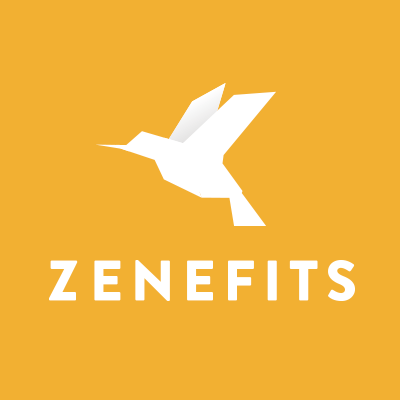
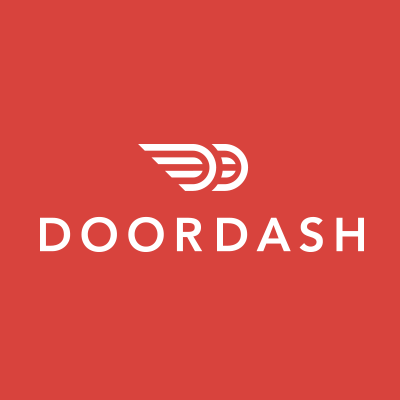
The Interviews
Looking back now, I’m still slightly shocked by the caliber of founders I interviewed. GitHub, Codecademy, Zenefits; these are well known names in Silicon Valley. At least two companies in the book have a billion dollar valuation. So how did I get the interviews?
Persistence. I made a list of every company I thought had an unusual origin story, or was involved in an interesting industry. I prioritized them based on which companies I could get an introduction to, and I started emailing. In a lot of cases, I never heard back. So I followed up. And if I didn’t hear back, I followed up a third time. Not all of the leads worked out — far from it. For every well known company in Unscalable, 3 or 4 never got back to me. In the end though, I collected enough solid content that I decided to push forward.
Some concrete things that helped:
- Introductions. Silicon Valley runs on social capital, and getting a warm introduction to someone you want to talk to goes a long way.
- Flexibility. I was willing to talk to them whenever, day or night, weekday or weekend. More than one interview was done by tethering from an iPhone in the middle of the Costa Rican jungle, with chickens and howler monkeys in the background. Seriously.
- Incentive. The founders were doing me a favor by creating space in their busy schedules, so I tried to present the interview as an opportunity to tell their story, or to benefit the startup community by telling stories outside of the “overnight success” archetype that’s normally presented.
- Resourcefulness. I used the Rapportive trick a ton. These days, Clearbit Connect has made this a heck of a lot easier.
Book Planning
After I decided to do a book, the natural next question was, “How do I publish a book?” There are plenty of options, but the biggest choice is whether you want to go through the traditional publishing route, or self publish. Before I explain which option I chose and why, I’ll briefly discuss how each process works.

Traditional Publishing
1) Get a literary agent (start by searching “literary agents $my_genre $my_city”), convince them to take you on, and work with them on pitching your book to publishers until one will buy your manuscript.
Sidenote: What does an agent do? They help polish your manuscript, and then they pitch to publishers on your behalf. Oh, and they take a cut of your publishing deals. Usually 10–15%.
2) Sign a publishing deal (and generally relinquish most of the creative control) in exchange for an advance. I’m no expert, but your advance will probably be in the low five-figures, especially for a first-time author. Agree on a royalty split, usually along the lines of 90% (them) and 10% (you).
3) Edit your manuscript. Work with your agent and the publisher to continue polishing it until it’s ready for print. And then launch!
4) Promotion! And herein lies the key assumption of working with a large publisher (apart from the prestige, of course). Presumably after they have edited your manuscript and negotiated your royalty cut, they will go out and ensure that all of their marketing efforts are behind your book. What these marketing efforts entail, I don’t know firsthand. But I assume this includes placing articles, scheduling radio interviews, and arranging public appearances.

Self Publishing
There are many ways to self-publish, especially when you take into account whether you want to self-publish a physical book or ebook. In the interest of time, I’m going to cover the easiest method: self-publishing an ebook on the Kindle Store.
Sidenote: A word on quality. A lot of these steps depend on the level of quality you expect of the finished product and the amount of money you’re willing to spend. For example, it’s relatively easy to get a book cover that “just works.” All that you technically need are artwork files at the correct resolutions, which you can make using Flickr and MS Paint. But if you want something that you would be proud to have front and center on your bookshelf, it probably makes sense to pay a cover designer to work on something for you. In my case, I paid $1000 for a freelance designer to create a cover. The same is true for editors, typesetters and printers. So remember: you get what you pay for.
1) Finish & format the manuscript. For a print edition, this is a decent challenge, but for ebook only this isn’t too bad. If you’ve written your book in Microsoft Word so far, there are a ton of great tools that can help you convert it to a publishable ebook format (see: Pandoc). You’ll also need front and back matter (i.e. the pages that most of us skip over; the table of contents, introduction, preface, title page, etc.).
2) Sign up on the Kindle Direct Publishing (KDP) platform. You’ll need to enter some administrative information about the book, but all in all it’s a fairly painless process. The most important part (aside from your information and the book title) is setting the pricing and royalties. Amazon has a moderately complex way of figuring out royalties, so you probably want to read through your options as well as the Terms & Conditions.
3) Optional: Get an ISBN (International Standard Book Number). If you’re unfamiliar with ISBNs, they’re the 13-digit numbers used to uniquely identify books, pretty much everywhere. If you take a look at any books you have lying around you can see them near the barcode. There’s been a fair amount of debate over whether you even need to get an ISBN, since you do have to apply and pay for them (1 ISBN is currently $125 but there are bulk discounts), and the KDP platform doesn’t require them.
Sidenote: Should you get an ISBN anyways? This depends on what else you intend to do with the book once it’s done. If you are okay with publishing it on the Kindle store and being done with it, then an ISBN probably isn’t necessary. BUT, if you want to create physical books and sell them in bookstores (or make them available in libraries), you’re going to need an ISBN (and a barcode, but that’s just the scannable representation of the ISBN). If you intend to release multiple editions of your book, then you definitely need ISBNs to differentiate each edition (and at this point it probably becomes better to buy them in bulk).
4) Finally, Launch! At this point, you’ll have to do any and all promotion yourself. If your goal is merely to create a great piece of content, then no worries. However, if you intend to become a best-selling author, then you’re going to have to put in a bit more legwork.
The big takeaway here is that no publishing strategy is one size fits all. It really boils down to what goals you have for your book, and how much risk/effort/spend you’re comfortable with.
In the end, I chose self publishing because I wanted creative control over the final product, and I didn’t care so much about money or prestige. Ultimately it was going to be my name on it, so I wanted a final say. On top of that, I didn’t want this process to take years, which it often does if you don’t have an agent and are an unproven author. I was significantly more concerned with writing a good book and getting it out into the world relatively quickly.
However, before I got too far down the self-publishing path, a hybrid option presented itself: Inkshares.

Getting Lucky With Inkshares
Around the time that I was making the decision to self publish, I wrote a blog post about a previous experience: “How I Crashed And Burned In YCombinator.” I wrote it to share with friends and family, as it was a pretty personal story that I had been meaning to tell for a while. But unbeknownst to me, it started getting shared. I remember hanging out in a park in the south of Brazil, when I checked my phone and saw that two or three friends had congratulated me on making the top of Hacker News. Bewildered, I checked HN and discovered that someone had submitted my story, where it had quickly become the #1 post.
But going viral for a day handed me a lucky break. The CEO of a publishing startup, Jeremy Thomas, read my piece. To be specific, he read the note at the end saying “P.S. I’m working on a book project!” So he reached out and emailed me about partnering to make Unscalable a real, physical book. It wouldn’t be a painless process; I’d have to crowdfund the initial print run by myself, but they would provide editing, design, and marketing support once it was done.

To be honest, I wasn’t convinced at first. I didn’t know if I could crowdfund 1,000 copies of the book, and I was definitely afraid of looking like a failure if I fell short of the goal. But after some thought, I realized this was probably the closest I would get to having my name on the front of a physical book. So I said yes.
Sometimes, you get lucky. But you still have to say yes to the opportunities in front of you.
Making A “Real” Book
What surprised me most about making a physical book was the number of people involved. As a newbie in this business, I had no idea about the developmental editors, copyeditors, interior formatters, cover designers, project managers, and marketers who all come together to get a book done.
I definitely wasn’t expecting the amount of time it would take to finish. After I completed the crowdfunding campaign in June, I was told that the earliest possible release date was January.
😱.
If you had asked me at the start whether I needed an editor or an interior formatter, I would have confidently told you no. I figured I knew enough about grammar and text editors to do it myself. Now I know that would have been a mistake. I wouldn’t have been able to add that extra bit of polish to make the book not just good but great — the formatting consistency, the typeface selection, the tone of introductions and chapter prefaces.
Creating a high quality finished product takes a lot of time and energy. And this is orders of magnitude harder without the help of other people. I strongly suggest having an editor and a designer if you want a great book; whether they come from a publishing company or work as independent freelancers is up to you.
Launch
Then it was time to launch. We were live; copies were available in bookstores and on Amazon. I thought it was time to relax, update my Twitter bio, maybe sign some books, and move on to the next project. Nope.

Launching is the halfway point. Writing the damn thing was just the beginning. Now it’s time to promote — to reach out to blogs and magazines to try to get them to review your book; to do guest appearances on podcasts; to email all of your followers, friends, and family to get them to buy. Let’s face it, even this is an ad of sorts. I’m trying to be helpful, to be sure, but I’m also hoping you’ll click this link and buy my book. ¯\_(ツ)_/¯
If we’re being real, you’re never really done with a book. Every event is a potential opportunity to sell copies; every conversation a chance to ask for reviews; every passing year a decision of whether to write a new edition. Does this mean you should constantly be self-promoting and name-dropping your book in every conversation? Of course not. But be aware that seeing your name in print is far, far from the finish line.
A Quick Recap
So what was the point of all this?
So what was the point of all this?
1) Publishing a book isn’t as hard as you think.
In hindsight it might seem like a tall order, but the key is to take it one step at a time. I did it through a series of small increments and opportunities.
2) Write the damn thing.
It’s easy to sit around and dream about the finished cover, but until you’ve penned the 50,000 words or however many long your manuscript is, that’s all you’re doing: sitting around and dreaming.
3) Figure out what type of publishing is right for you.
I went with Inkshares because I was able to produce a high quality paperback without investing lots of my own money. The model has its downsides; I get fewer royalties than I would have with self-publishing. But ultimately my goal was to produce the best product possible without having to spend thousands of dollars upfront.
4) Launching is NOT the finish line.
If you’re serious about being an author, writing the manuscript is merely the start. I’m not saying go out and constantly be a shill for your stuff, but for an introvert like me, the act of typing was easy compared to the promotion.
5) Good luck! Let me know how it goes.

Thanks to Prakash Sanker, Nat Eliason, Neil Soni, Morgan Duffy, Avalon Radys, and Matt Kaye for reading drafts of this.